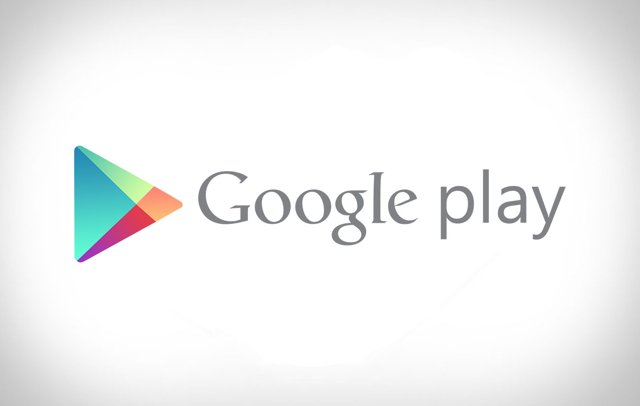What are the Best Practices for In-App Purchases in an Android phone
Creating an android application is very good but having some money with it and making it profitable is even better. There are amazing methods to optimize and monetize an app, besides paid and advertising methods. For that, developers started their strategy with in-app purchases. In-app purchases mean that a user can purchase games, clothing, accessories, electronic items, book tickets or anything from a single particular app for those things. The concept “Try before you buy” is really very unique and effective but modern technology offers some more unique techniques comparison to the old methods. The reason behind to implement this technique is that the purchase process can be easily handled. Android developers implement the In-App Billing API into their android applications.
 |
| What are the Best Practices for In-App Purchases in an Android phone |
Importance of In-App Purchases
There are so many apps developed with the idea of in-app purchases, like mostly apps are e-commerce apps and games apps. These kinds of apps are more market and customers oriented and have succeeded in convincing the customers to spend money. But in games and career apps you have to pay for more features and to improve your profile and to know more about your competitors. If marketers use it in a proper way they will definitely get profit from this method. Most of users want free apps, if they like the services of the apps they will pay extra money for products.Best Practices for In-App Purchases
The main key points are to convince your customers to purchase while using your apps. There are some important techniques in order to get the best results from In-App Purchases strategy:Know Your Customers:
It is very important to know that what your user exactly want in your app. Examine from all the point of view of users and their needs and progress accordingly on the right side of the field.Engage Users:
If you succeed in engaging user to your app then there are great chances to make them purchase anything from your app. Make your app attractive, easy to access interface, show them valuable app and services.Retargeting Campaign:
Follow your user’s actions and activity in your app and try to convince them use your app again and to make a purchase. Most of time user select a product to purchase, add into the cart but doesn’t purchase. Keep notify them to purchase that product again and again, retarget your user so that they think about your app again.Offer Promotions:
This is so effective way of getting user to download your app and make them purchase with your app. People want discounts and offers in everything. If a user is looking for offers or sales you can ping and give notification to him to inform about your offers. You can provide save money option n your app that will be more effective.Choose Perfect Timing:
Choose right time to show your purchase pop-up. For example, in a game, don’t interrupt your user or player in the battle by showing the irritating notifications. Instead of wait for the player to win the battle after that show him the interesting features to buy for the next battle.Give The Most You Can:
To be in competition with other competitors for in-app purchase, always try to give your best to the users, so that they don’t delete your app forever and switch with other apps. If you provide them best services and interesting apps they will continue to shop with your app. Always provide first free and basic function to your user.
Labels
android





Post A Comment
No comments :